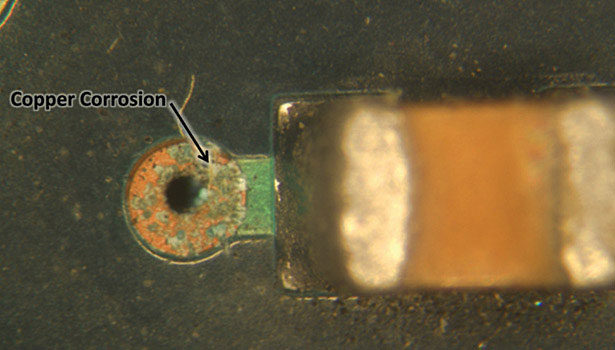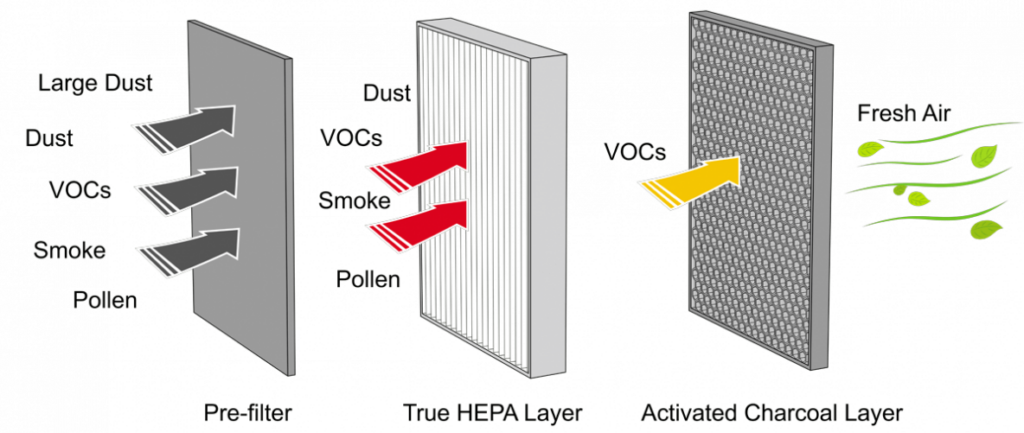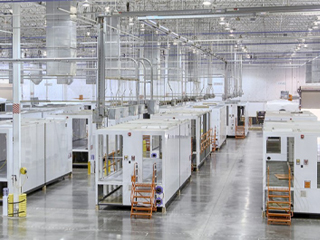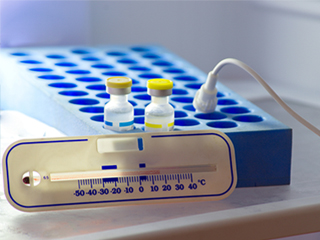Data centers are packed with equipment that is sensitive to dust and other air contaminants. An often overlooked aspect of operations management is how clean the air is. In this article we will discuss the importance of data center air quality and how to keep the lungs of the data center clean.
Why Clean Air Matters
Data Centers typically operate in a closely controlled environment. Temperature, Power and Airflow are monitored to ensure the conditions are within allowed parameters. Less commonly monitored is air quality. However, it is equally important. Although poor air quality doesn’t immediately lead to disaster, unlike failure to maintain temperature, servers are susceptible to air pollutants. The air in a data center should therefore be free of:
- Particulates: Dust, pollen and other particulate matter clogs up air filters as well as depositing a layer of dust on electronics components and heat sinks.
- Gasses: Volatile organic compounds (VOC) and sulfur dioxide corrodes components and solder joints, leading to unreliable operation and failures.
- Excess Moisture: high humidity leads to condensation. Condensation results in mold growth and short circuits.

Example of copper corrosion caused by air contaminants
AHSRAE Guidelines for Air Quality
The American Society of Heating and Refrigeration and Air Conditioning Engineers (ASHRAE) TC 9.9 is a technical committe within ASHRAE which focuses on data center environments. TC 9.9 recognizes the importance of air quality within the data center. They encourage the monitoring of air quality, and advocate for an effective air quality management plan. In 2011 ASHRAE published a comprehensive guide which details strategies for air filtration, leak detection, and monitoring, titled Particulate and Gaseous Contamination Guidelines for Data Centers
Uptime Institute Tier Levels and Air Quality
In addition to ASHRAE, Uptime Institue have issue specific standards for their different tier level certifications. Tier III and IV requires stricter air quality management than lower tier levels. Higher Tier data centers usually contain higher level, mission critical equipment. Therefore downtime caused by air contaminants can mean vital systems are unavailable. Tier III and IV are required to maintain a filtration rate of 99.9%, which means no more than 0.1% of contaminants can be present in the air.
ISO cleanroom Air Quality Standards
ISO 14644 is a standard for air quality in clean rooms. Data Centers who wish to aim for the highest level of indoor air quality may choose to adopt ISO 14644 classes, which range from Class 1 to 9. The lower the class number the higher the air quality. Below are some highlights of the different classes.
- ISO Class 1 does not have any particles greater than 0.2 microns in size.
- ISO Class 2 does not have any particles greater than 0.5 microns in size.
- ISO Classes 3 and 4 do not have any particles greater than 1 micron in size. ISO Class 3 has fewer than 8 particles 1 micron in size, while ISO Class 4 has fewer than 83 particles 1 micron in size.
- ISO Class 5 does not have any more than 29 particles 5 microns in size.
Optimal Air Quality Considerations
Optimal air quality is not only about protecting the servers and other electronic equipment from failure. There are other factors to consider.
- Reliability: The primary concern of any data center operator is uptime. Poor air quality can result in downtime, disrupting critical services and resulting in financial losses.
- Efficiency: Clean air allows for efficient cooling and reduced energy consumption which equates to lowering operational costs.
- Human Health: Although the Occupational Safety and Health Administration (OSHA) guidelines have no provision for air quality there are proven links between human health and indoor air quality (IAQ). Symptoms such as headache, fatigue, and long term respiratory illness have all been attributed to poor IAQ standards.
OSHA defines the maximum permissible exposure limit (PEL) for air contaminants as follows:
- Particulates not otherwise regulated (PNOR): 15 mg/m3
- Inhalable particulate matter: 10 mg/m3
- Thoracic particulate matter: 5 mg/m3
- Respirable particulate matter: 3 mg/m3
- Carbon monoxide: 25 ppm
- Nitrogen dioxide: 5 ppm
- Sulfur dioxide: 2 ppm
- Oil mist: 0.5 mg/m3 (as total aerosolable oil)
- Dusts and mists containing free silica: 10 mg/m3
- Mists containing metal fume (excluding aluminum): 5 mg/m3
Combating the Contaminants: Strategies for Clean Air
Operators have several ways to address data center air quality and maintain a suitable environment for reliable operation and maximum uptime.
- Filtration: HEPA filters are extremely effective in trapping dust and other particles. Usually installed at the air intakes for cooling systems that capture air contaminants as the air is cycled through the system. Activated carbon filters may also be used to reduce VOC’s.
- Maintenance: Regular cleaning and replacement of air filters is crucial for the maintenance of air quality. Clean filters also improve efficiency by lowering the amount of work cooling systems must do to pull air through the filters.
- Leak Detection and Repair: Detection and sealing of air leaks prevents the infiltration of unwanted contaminants.
- Air Quality Monitoring: Monitoring air quality is essential for early detection and prevention of problems.

Monitoring the Invisible Threat: Keeping Tabs on Air Quality
Vigilant monitoring of IAQ is essential for early detection and prevention of problems. Devices such as those from AKCP, the worlds oldest and largest manufacturer of networked monitoring devices, are utilized for such applications. The air quality monitoring system should include:
- Particulate Matter (PM) sensors: These count the parts per million levels of dust and other particulates.
- Gas sensors: Detect and measure the presence of VOC’s.
- Temperature and Humidity sensors: A key environmental concern in the data centers.
- Analysis Software: Data Center Infrastructure Management Software (DCIM) collects, logs, graphs and reports collected data. AKCPro Server is a best in class DCIM software.
- Differential Air Pressure: Monitoring pressure drop across air filters indicates when filters are dirty and need replacing, as well as being used in other strategic locations to determine correct airflow.
The implementation of a robust monitoring solution ensures facilities air is suitable for reliable operation and maximum uptime, as well as an energy efficient data center. In addition it safeguards not only the electronic equipment, but contributes to a healthier working environment for data center personnel.




